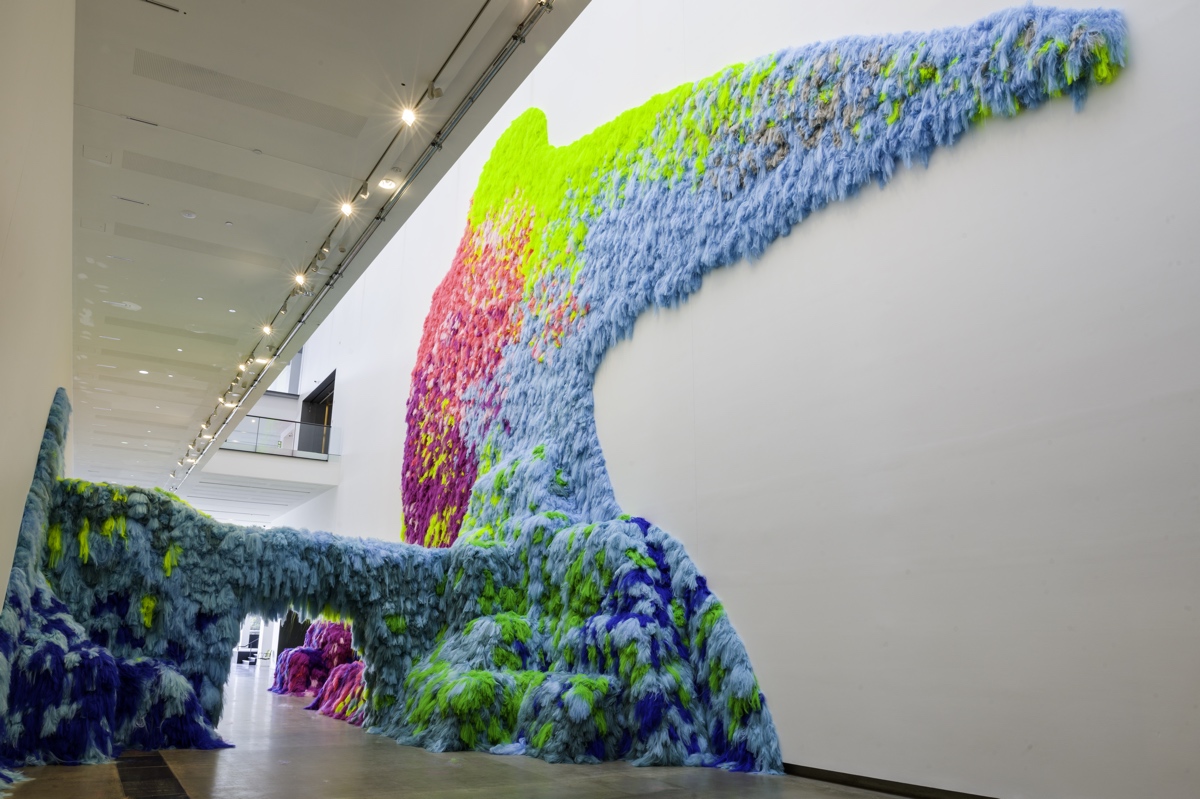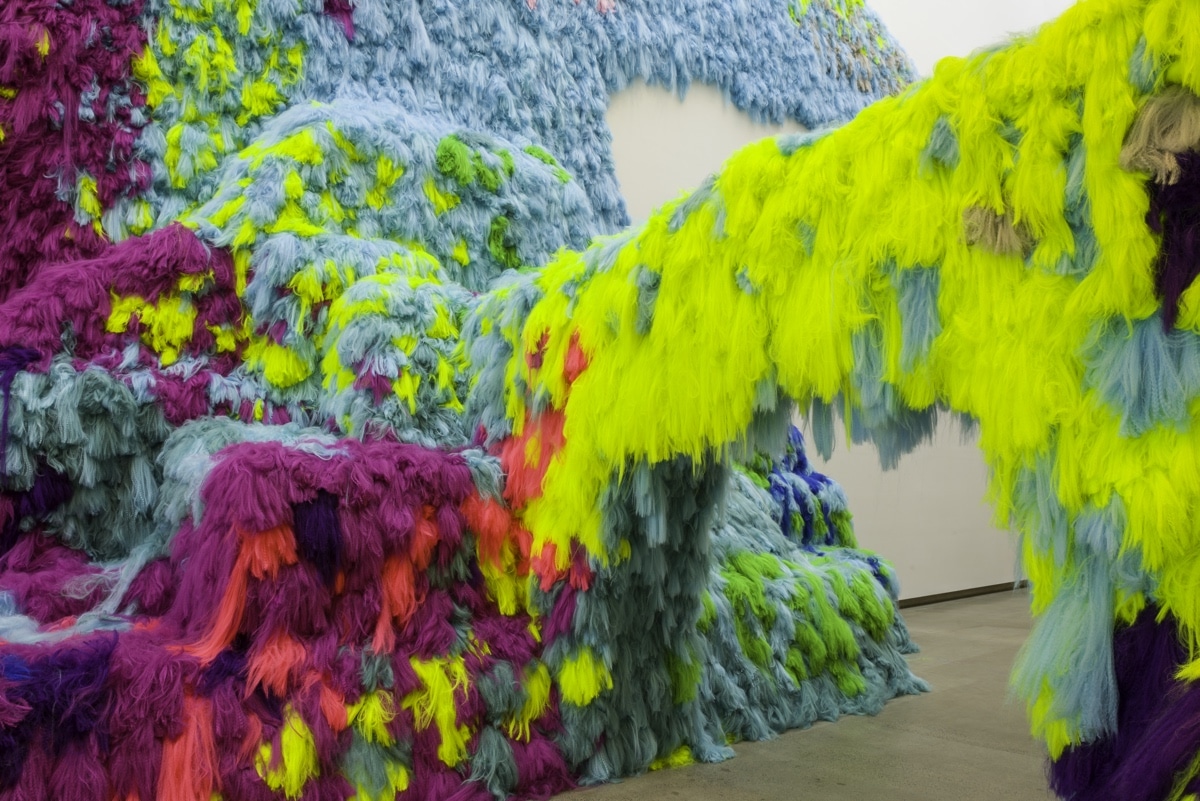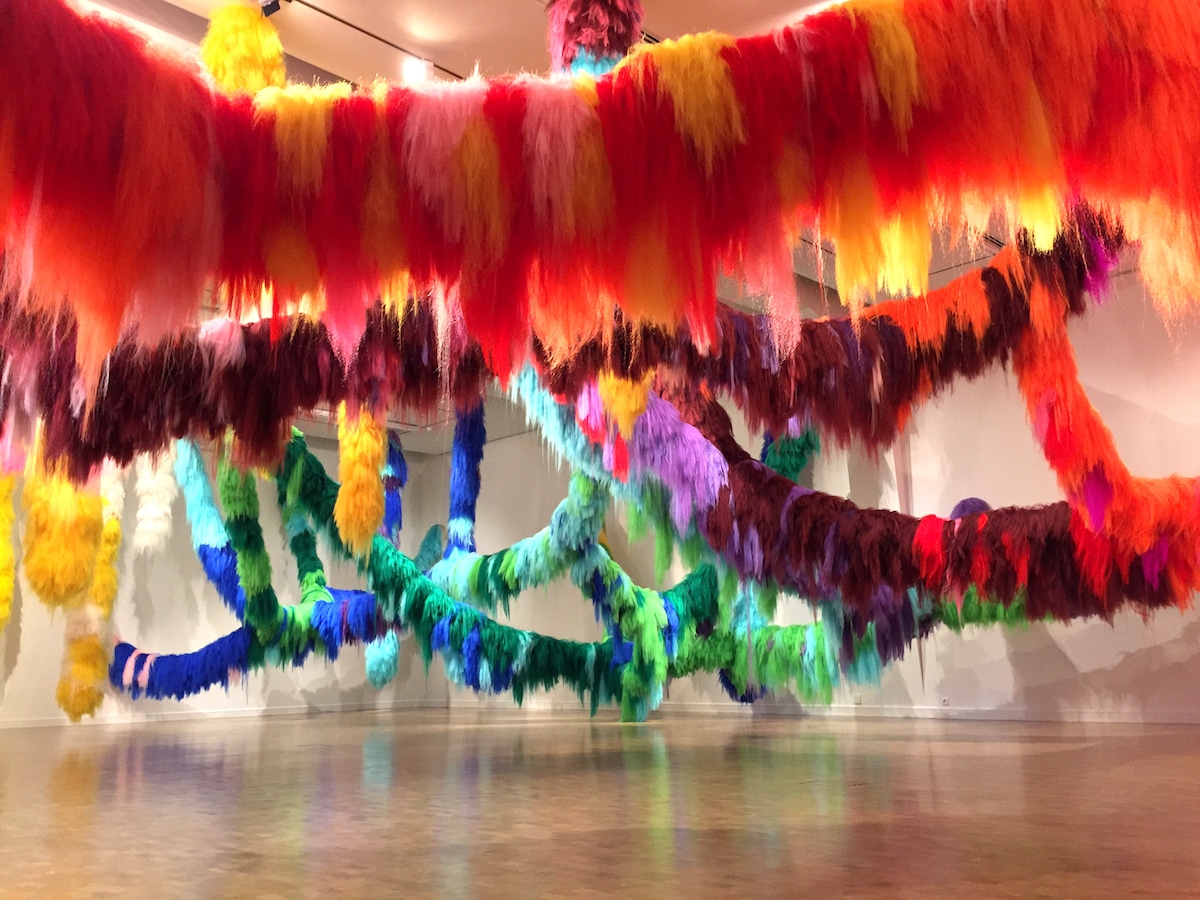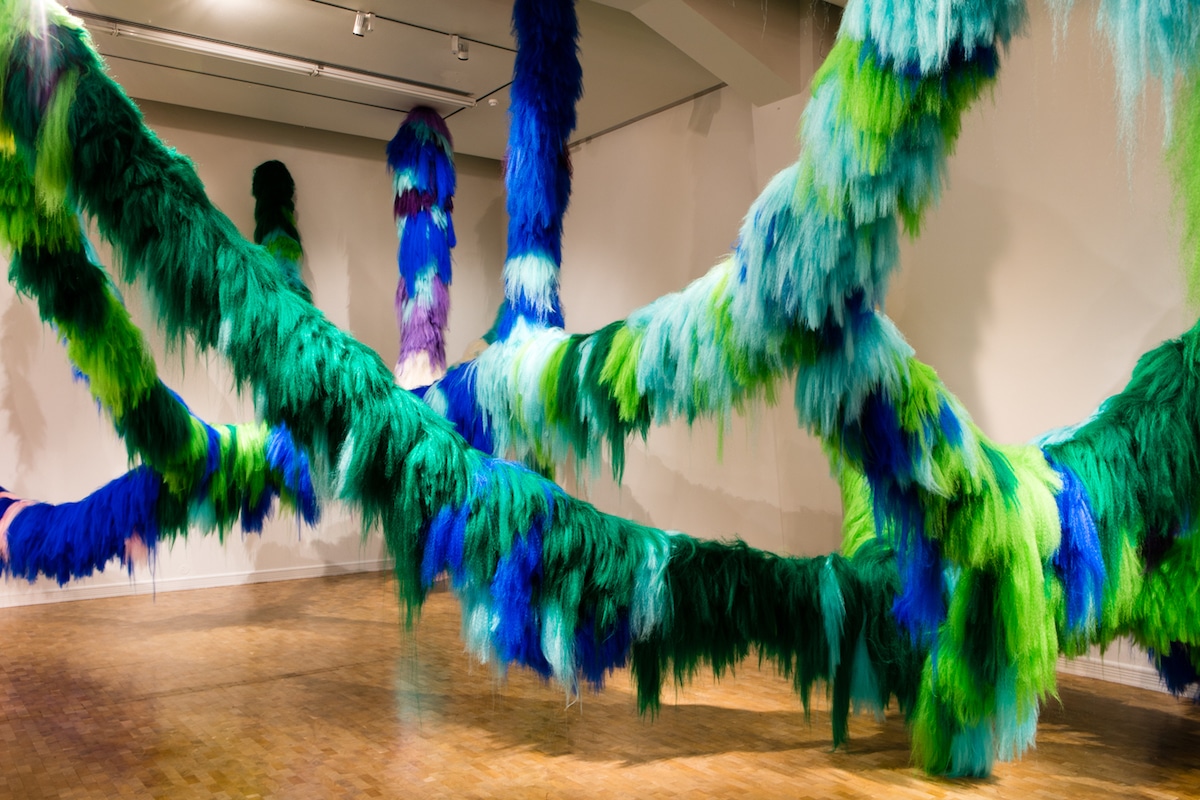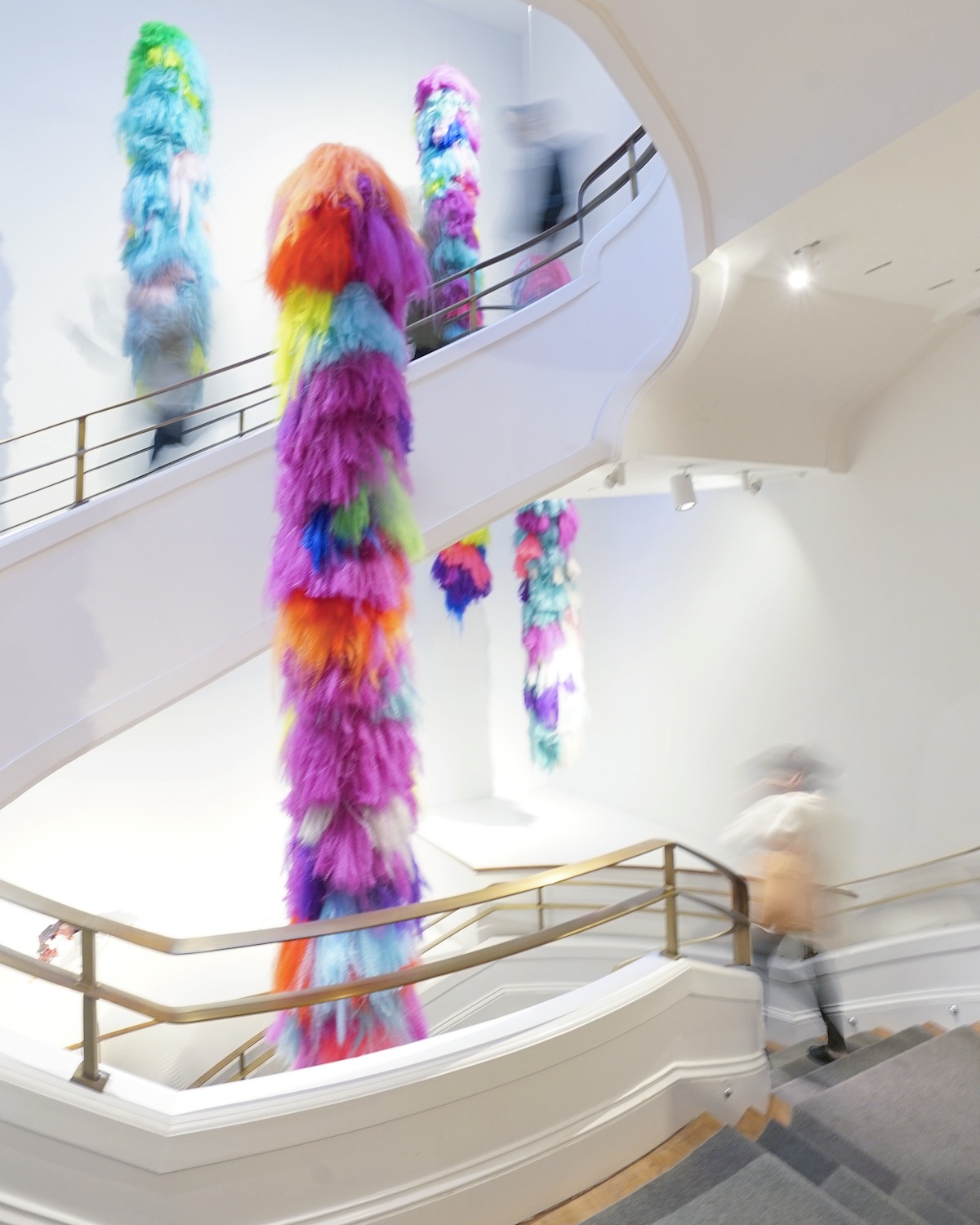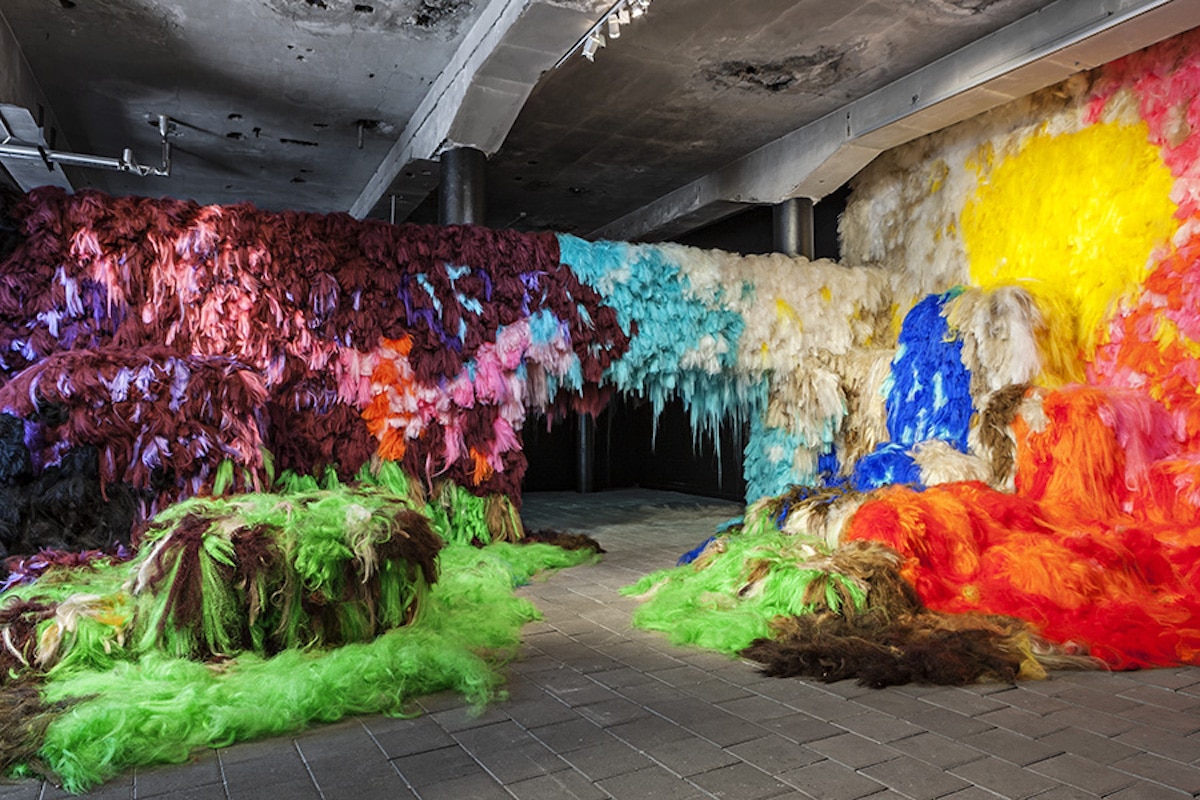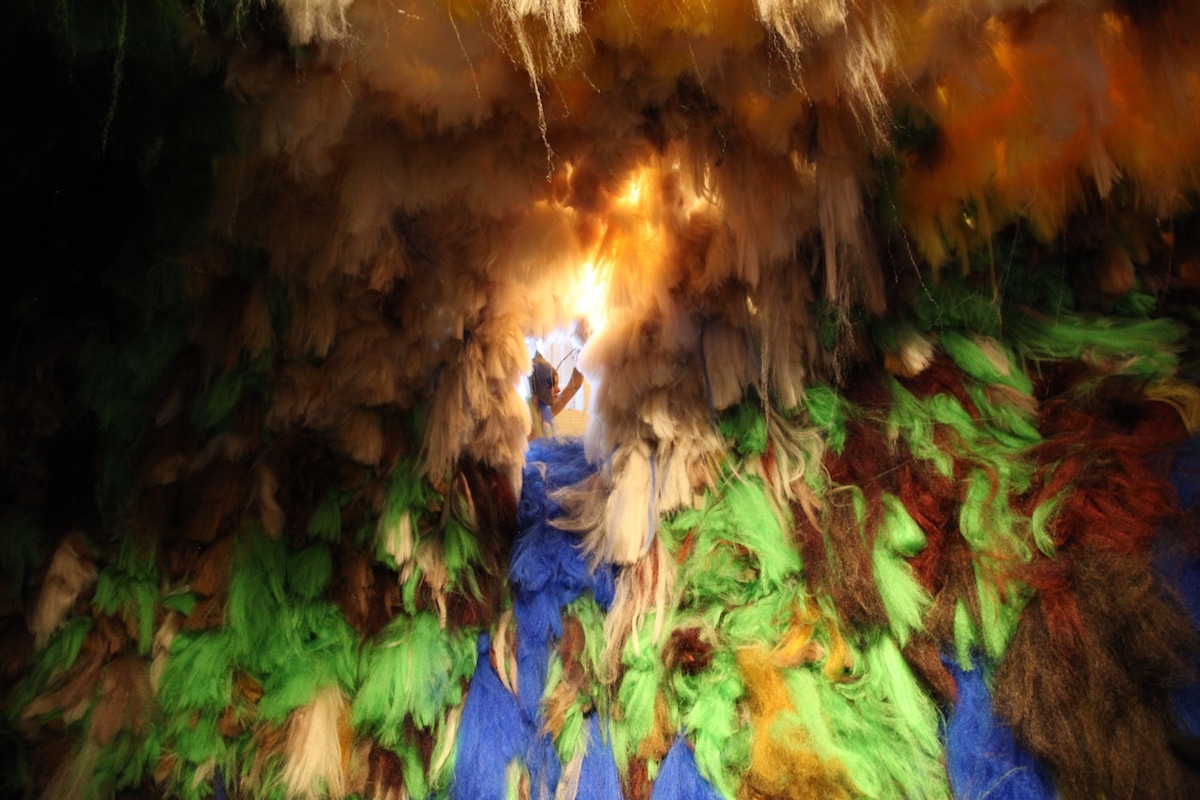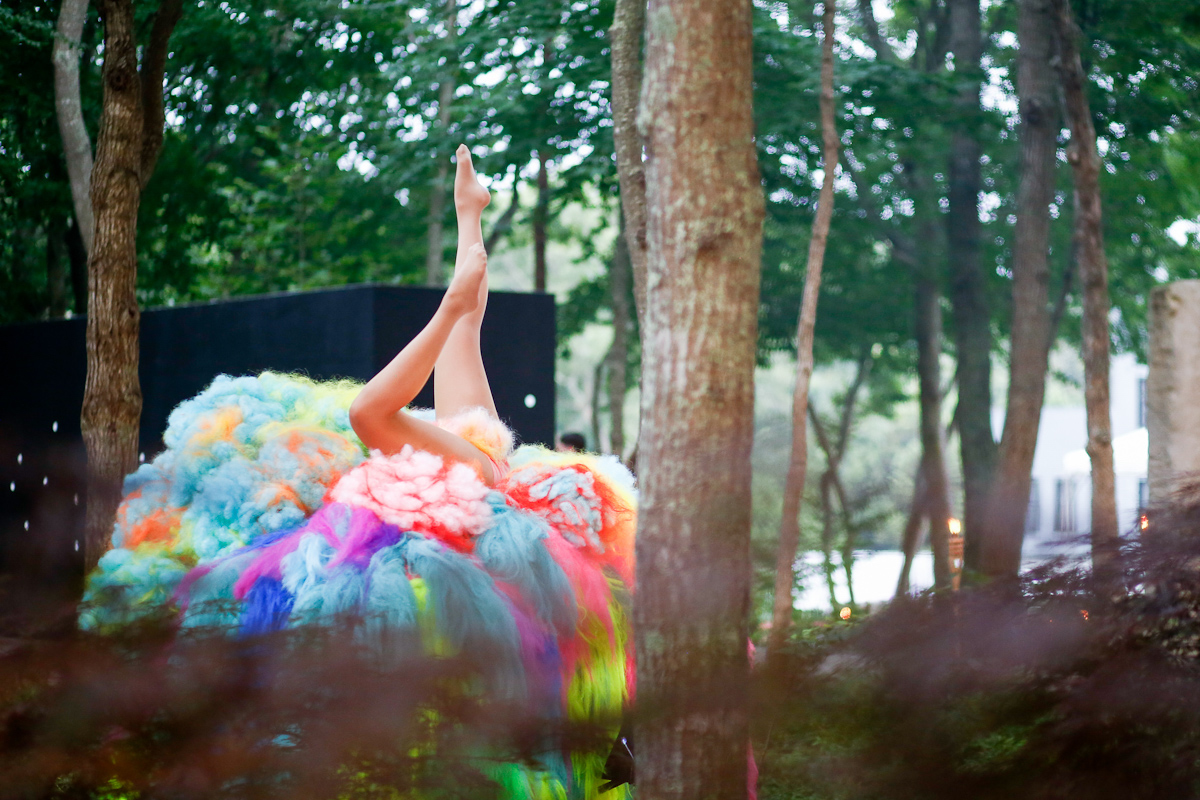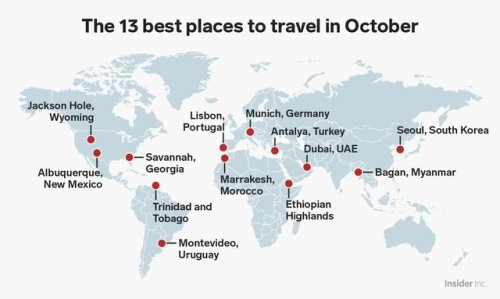27. That’s the number of times I’ve said “thank you,” and it’s only been about three hours into my flight from New York City to Doha, Qatar.
“Would you like more champagne, Ms. Lapelosova?” Porthmonth, a dark and handsome flight attendant from Mumbai asks me. “Served in a tumbler glass, as you requested earlier?”
I grew up in what the rest of America would consider to be upper-middle-class suburbia, but my family has always been poor. We give a good show, dressing nicely, and not bringing up things like politics or religion into conversation. But the most luxurious thing I’ve ever done in my life, is travel. People in my family just don’t do it, because they can’t afford to.
I’ve never had a Louis Vuitton bag. I’ve never taken a car service to the airport. I’ve never paid more than $15 for a steak, or a bottle of wine. Luxury it not a word I’m used to, or a lifestyle I know how to handle.
And to an extent, being catered to makes me feel uncomfortable. Getting my nails done for $7 at the Korean nail salon down the street is one thing; I’m not used to people asking if I’d like to sample the wine before pouring me a glass, or what I’d like as a pre-appetizer, appetizer, entrée, cheese plate, dessert, and aperitif. I’m used to being the one asking those sorts of questions, serving customers at sports bars where I stick to the floor from too much spilled beer.
This is the first time I’ve ever really been serviced in such a way that it almost doesn’t feel real. Every crew member in the business class cabin knows my name. They know the kinds of food I like to eat, and at what pitch I prefer while setting up my lay-flat bed so I can fall asleep to Home Alone for the fifth time in a row.
Do Millennials even belong in business class? Everyone around me is a male architect over the age of 40.
I spend more time in the galley talking to the crew members than I do to the other assumedly top-tier members of society sharing my business class cabin; it’s how I am able to express my gratitude for the level of service they have provided. Letting them know that they and their stories are valued helps me feel more relaxed with the level of privilege that comes with flying business class.
__________________________________
The suite at the Four Seasons Hotel in Bangkok is larger than my two-bedroom apartment.
I keep all of my belongings in one corner of the walk-in closet. I don’t want to mess anything up. I don’t even want to hang up my clothes, for fear that the middle-class, casual clothing I had packed would somehow mar the beautifully polished mahogany wood encasement.
Everything in the hotel felt like it would break simply by touching it. I gingerly walked around the property, careful not to put too much pressure on things like brass door handles and teakwood railings, watching my steps and pausing to avoid possible collisions with fast-walking staff members who always bowed with their hands folded like they were praying.
These actions were all of course uncalled for, but I wasn’t used to being in a place that had so much “stuff;” murals painted on silk, porcelain vases, glass balls set on mirror-faceted tabletops.
The nicest place I’d ever stayed before that was the Borgata Hotel in Atlantic City. At the time, I felt fancy, but really it was just another room with another polyester bedspread and a view of The Golden Nugget Casino across the marina.
“We try to make this place feel like home,” Nicola Chilton, the PR manager of the hotel explained to the jetlagged set of us on our first evening. She was a superwoman, in my opinion – tall, athletic, fashionable, spoke five languages, and sang like she had been born at a piano.
Her favorite place in all of Bangkok was a ramshackle eatery along the river, next to the Peninsula Hotel. Jack’s Restaurant was inconspicuous next to the high-end buildings that surrounded it, but that’s why I liked it.
The owner Jack was also the cook, alongside his wife. They only had one frying pan for which they cooked every meal. Their son, X, served us bowls of green curry and plates of homemade Pad Thai. He also played guitar, and sang karaoke versions of Top 40 songs from the 1990s.
The group of us that Nicola has brought to this placed laughed along to the lyrics of “99 Dead Baboons” and drank enough Chang beers to fill up an entire table. It was good to know that there were people in this world who weren’t put off by mismatched dining chairs, the scent of catfish from the harbor, and the way that hot, muggy air felt against their skin.
___________________________
Christina was Romanian. Like all Qatar Airways employees, she was pretty, spoke English very well, and carried herself with a professional sense of pride that felt genuine.
“I went to university to study politics,” she relayed to me from over the bar in the airplane’s lounge. “But in Romania, there are not many opportunities to use my subject.”
“So you decided to work for an airline?” I asked, looking over her official uniform. It was smart, and looked fairly comfortable; a burgundy pencil skirt made of wool, a matching blazer set over a tan and cream silk shirt patterned with Oryx silhouettes. She wore a pillbox hat with a gold pin in the shape of the desert animal’s head.
I enjoyed the comfortable, cotton sleeping suit that was provided for me as a business class passenger, but wouldn’t have minded a chic-looking set like Christina wore.
“I wanted to see the world,” was her reply. I knew she’d say that.
The plane hit a spell of turbulence. I frantically searched for the seatbelt attached to the leather couch I had curled up on, hoping my glass of Krug champagne would remain unspilled. Christina helped me find it, and sat down next to me.
“Don’t worry,” she said, smiling warmly. “If anything happens, I’ll be here too.”
She didn’t know about my fear of flying. Her years of experience were enough to help her recognize, and reconcile it for me.
The A380 aircraft that carried us from Bangkok to Doha had a First Class cabin, but because this inaugural flight had been rescheduled, all eight “open-suites” remained empty. Christina was usually the lead flight attendant for First Class, but she was courteous and proud, despite having to deal with me in the Business Class lounge that day.
I admired her. Five days on, two days off, but always in a new city. I can sleep for the full twelve hours I’m in the air, but she has to always be awake. I didn’t know if she was allowed to eat the same food served to the passengers, or if any of her favorite TV shows were played on the plane’s entertainment system. These were questions I wanted to ask her, but felt I couldn’t. Or maybe, I didn’t want to know the answer.
I wanted her to know that not all Business Class passengers were entitled classholes. A new generation of traveler was on the rise, a generation that took responsibility for its actions, and was concerned about the well-being of others. 

http://ift.tt/1F7qpze

